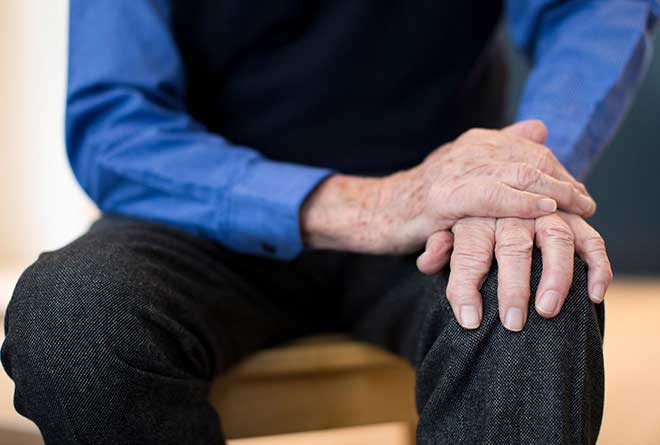Parkinson and Tremor

Tremor comes in 2 main varieties, action tremors and resting tremors which are seen in Parkinson. Action tremor is a high frequency, low amplitude tremor notice more when doing something like trying to write or eat, or use your hands for fine motor skills. Resting Tremor is a low frequency, high amplitude tremor that is more pronounced when inactive. Action tremor usually is passed down in the family. We treat action tremors with medication and if medications are not working or are not tolerated another option is deep brain stimulation (DBS)
Parkinsons is a neurodegenerative condition that has four cardinal features: resting tremor, lack of spontaneous movement, rigidity, and problems with walking, usually a slow shuffling gait, with spontaneous retropulsion and decreased arm swing. There are a number of medications that can be used to treat the symptoms of Parkinsons. As patients age the condition tends to progress, requiring adjustments of the medications. Physical activity and exercise have been shown to be beneficial in Parkinsons. If medications are not working well or if there is intolerance to them, then patients can also be a candidate for deep brain stimulation (DBS). A related condition Lewy Body is more associated with memory issues and frequently can have benign visual hallucinations, these patients tend to be sensitive to medications.
For more information or to schedule an appointment, please call 912.298.6646
New Patient appointments require a referral from your Physician. Please contact your Physician's office and have them fax a referral to 912.298.6622
